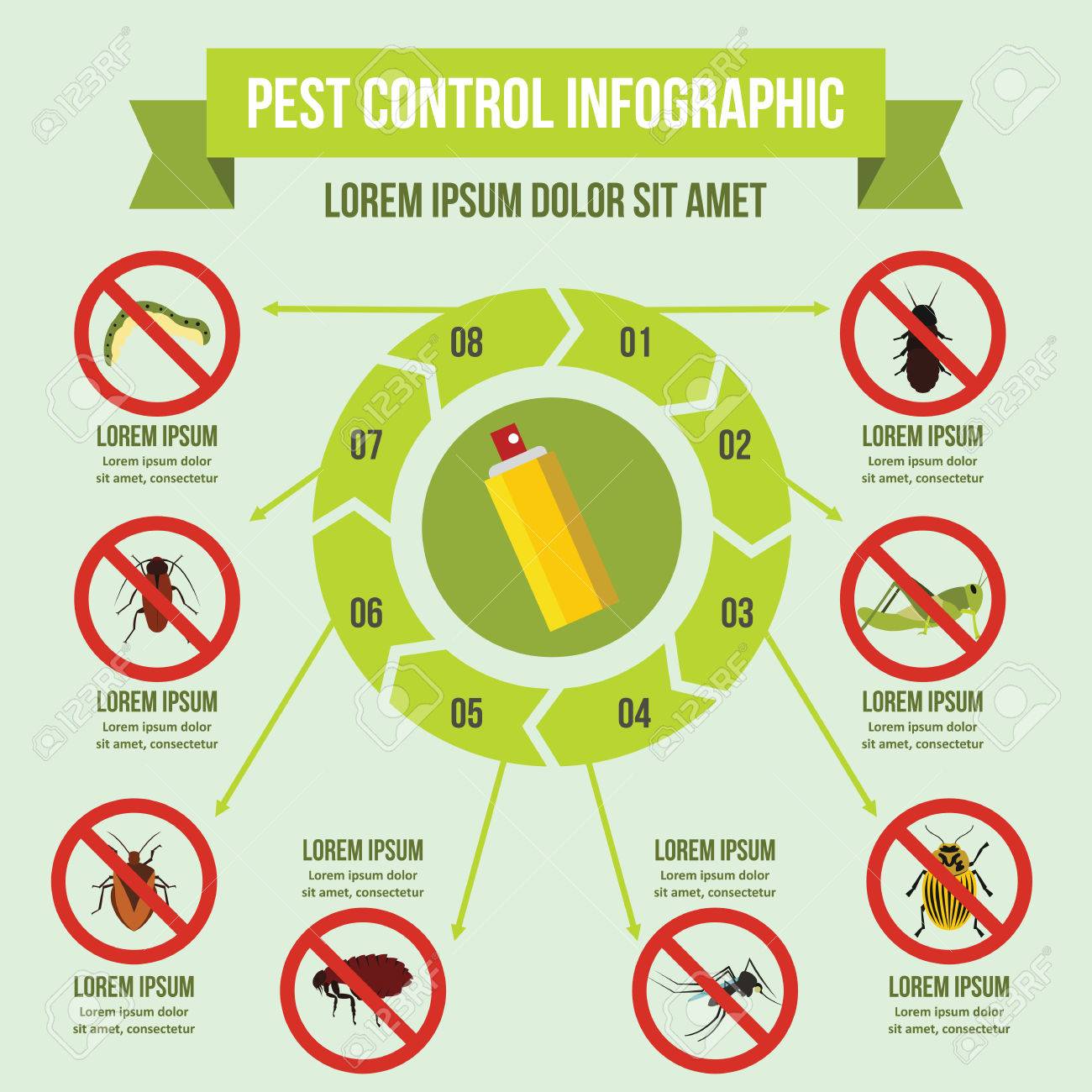Historical Building Protects Charm And Safety And Security With Reliable Termite Management Strategies
Historical Building Protects Charm And Safety And Security With Reliable Termite Management Strategies
Blog Article
Authored By-Fischer Gaarde
Imagine a historic structure calmly battling a concealed danger below its ancient beam of lights. Discover how a team of experts overcame the challenge of termite problems in this building gem by using revolutionary approaches that safeguarded its stability. The trip to preserve this heritage website reveals a story of resilience and development, offering useful understandings right into the fragile balance between conservation and contemporary parasite control techniques.
Historic Significance of the Building
The historical building you're taking care of holds enormous social value in the regional neighborhood. This architectural treasure has actually stood the test of time, experiencing generations of homeowners and visitors go through its doors. Its abundant history is woven into the material of the neighborhood, signifying durability and practice. As a cornerstone of the town's heritage, the structure functions as a tangible web link to the past, supplying a glance into bygone eras and preserving stories that would certainly otherwise be shed to time.
Throughout the years, the building has actually hosted many occasions, from community events to parties of neighborhood society. Its walls have actually resembled with giggling, music, and the voices of those that've strolled its halls prior to you. By preserving get em pest control , you aren't just protecting a physical towers but likewise securing an item of the area's identification. Embracing the historic significance of the building is crucial in understanding its worth and the significance of keeping its integrity for future generations to value.
Termite Invasion Obstacles
Navigating via the historical relevance of the building, you run into significant challenges presented by a termite invasion. These tiny insects can wreak havoc on the architectural stability of the historical structure, creating comprehensive damages if left unattended. The special architectural attributes and aged wood existing in historical buildings supply a perfect setting for termites to flourish, making it vital to resolve the invasion promptly.
Recognizing the extent of the termite infestation is typically a tough job, as these creatures can tunnel deep right into the wood structures, hidden from plain view. Moreover, traditional termite control approaches may not be totally appropriate for historical structures as a result of the prospective damage they can cause to the structure's integrity and historical value.
Protecting the historic credibility of the structure while successfully eliminating the termite infestation calls for a fragile balance and specific experience. Executing tailored termite control actions that are both reliable and mild on the historic products is necessary to guarantee the long-lasting security of the building.
Cutting-edge Control Procedures Applied
Applying innovative termite control techniques is essential in protecting the historic integrity of the structure while efficiently combating the infestation. One ingenious action entails making use of non-repellent liquid termiticides. These items are virtually undetectable to termites, allowing them to unwittingly come into contact with the treatment and spread it throughout the nest. This method guarantees complete obliteration without signaling the termites to stay clear of the treated areas.
An additional cutting-edge approach is the setup of termite baiting systems. These systems utilize termite attractants integrated with slow-acting toxicants. visit link feed on the bait, share it with their nest participants, and eventually remove the whole populace. This targeted method is eco-friendly and minimally invasive, making it perfect for historic buildings where protecting the original framework is paramount.
In addition, using infrared modern technology for termite detection has changed control procedures. Infrared electronic cameras can detect warm trademarks indicating termite task behind wall surfaces or within structures. This non-invasive technique enables specific targeting of treatment, lowering damages to the building while properly removing the termites. By incorporating these innovative control steps, the historic building can be shielded from termites without jeopardizing its architectural relevance.
Conclusion
You've found out how innovative innovation and non-toxic treatments conserved a historical building from termite infestation.
Did you understand that termite damages prices U.S. property owners billions of dollars every year?
Shield your residential or commercial property with ingenious termite control steps to stay clear of expensive repair work and protect its historic worth.
